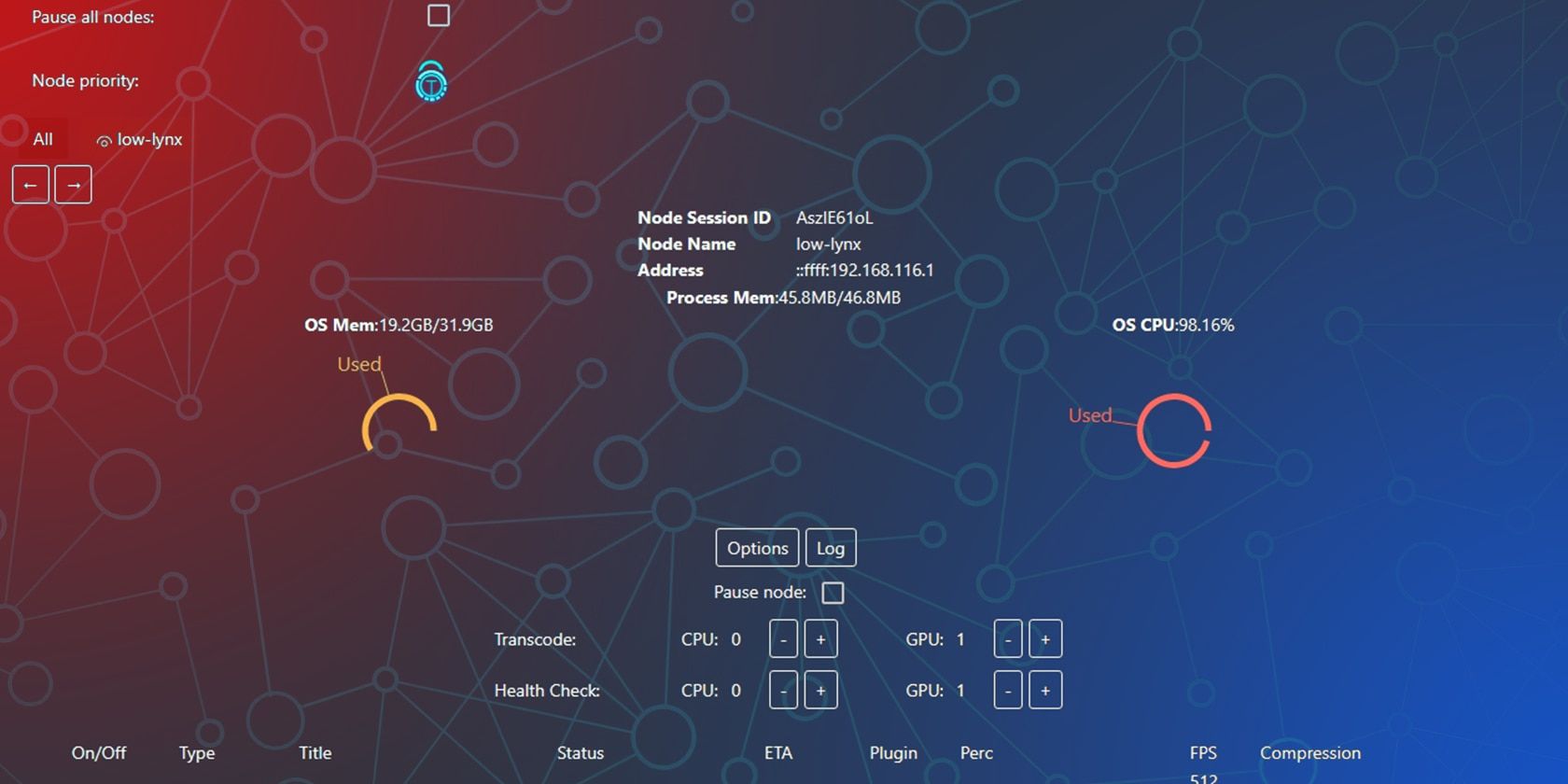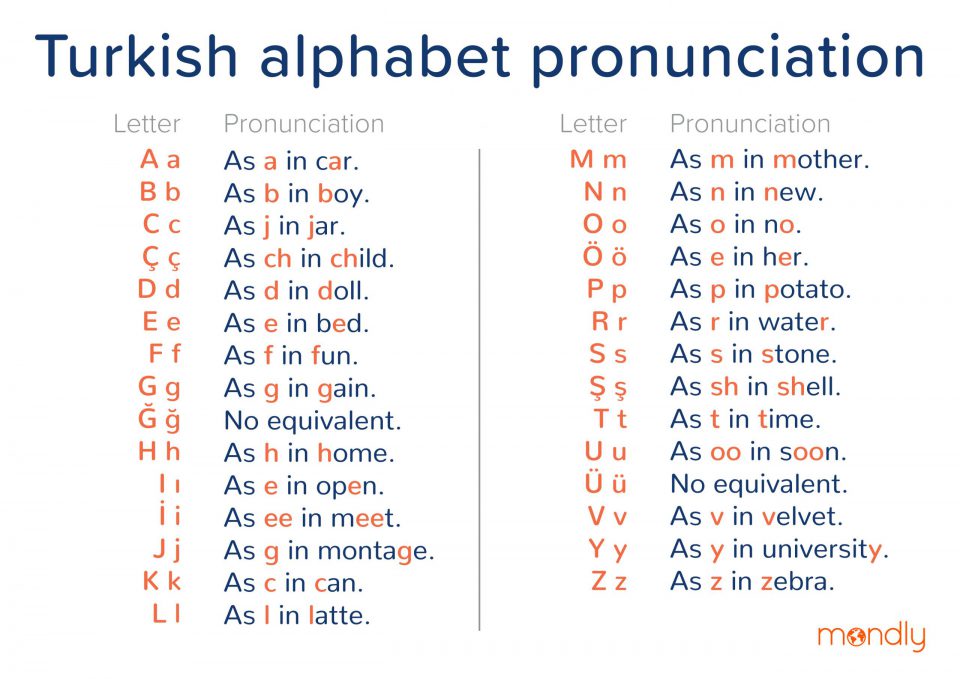
A Rapid Guide to Understanding Turkey's Alphabet & Phonetics

A Rapid Guide to Understanding Turkey’s Alphabet & Phonetics
The Turkish language (or “Türkçe” – as the Turkish people would say) is the most widely spoken Turkic language with around 80 million native speakers all around the world. Turkish is a part of the Oghuz branch of the Turkic language family together with Azerbaijani, Turkmen, and Qashqai (a language spoken by the Qashqai people). All these three languages – sometimes considered dialects of Turkish – are mutually intelligible with Turkish, meaning that if you speak Turkish , you will understand a great deal of these languages as well.
Now, moving on to the Turkish writing system and the Turkish alphabet, there is great news for everyone who wants to learn Turkish.Turkish is an almost entirely phonetic language. This means that for each sound there is one letter, so when you read a word, you’ll know how to pronounce it, and when you know how to say a word, you’ll also know how to write it.
But Turkish didn’t always use the Latin script. Let’s look a little bit at the history and see how today’s Turkish alphabet was born.
The Turkish alphabet – a short history
The Turkik languages have a long history of writing systems . Over time, these languages have been written using different alphabets like Cyrillic, Uyghur, Greek, Arabic, Latin and some other Asiatic writing systems.
But when it comes to Turkish, the earliest proof of a Turkish alphabet goes back to the 7th century when the Orkhon script was used. Then, for over 1,000 years, the Turkish language was written using a Turkish form of the Arabic script. That is also probably why some people believe that Turks speak Arabic.

“The Blue Mosque, Istanbul, Turkey” by Adli Wahid©
Then, in the 19th century, together with the introduction of the printing press and telegraph appeared the need for a more Turkish-oriented script. The Arabic script was perfect for writing Ottoman Turkish – which included a lot of Arabic and Persian words – but it was poorly suited for the Turkish part of the vocabulary.
In other words, while the Arabic language is poor in vowels and rich in consonants, Turkish is exactly the opposite. Thus, the Arabic script was inadequate at representing Turkish phonemes. And this is exactly why Turkish reformists promoted the adoption of the Latin script.
Fortunately, in 1928, Mustafa Kemal Atatürk, the founder of the Turkish Republic, finally adopted the 29-letter Latin script as a part of his famous Reforms in Turkey – the same alphabet that Turks use today.
The pronunciation of each letter of the Turkish alphabet
The 29-letter Turkish alphabet is modified from the Latin alphabet and it includes seven Turkish letters that are not in the English alphabet: Ç, Ğ, I, İ, Ö, Ş, and Ü. What’s more, there are also three English letters – Q, W and X – that the Turkish alphabet doesn’t have.
There are 8 vowels – A, E, I, İ, O, Ö, U, Ü – and 21 consonants in the Turkish alphabet – B, C, Ç, D, F, G, Ğ, H, J, K, L, M, N, P, R, S, Ş, T, V, Y, Z.
As already mentioned, Turkish is an almost entirely phonetic language, so once you master the pronunciation of each of its 29 letters, you’ll know exactly how to read in Turkish. Let’s dive in and discover the pronunciation of the Turkish alphabet:

The pronunciation of the 29 letters of the Turkish alphabet
Rules to help you get started with Turkish
Language aficionados such as yourself know that Turkish is not the hardest language you can learn.The FSI (Foreign Service Institute) from the US government puts Turkish on the fourth tier of their Interagency Language Roundtable (IRL) with 1100 hours or 44 weeks of study needed to achieve professional working proficiency. This means that Turkish is indeed profoundly different from English.
However, at the same time, languages like Chinese, Japanese, Korean or Arabic are even harder to learn. Besides, once you master the alphabet, you will already be able to read in Turkish – a great boost for your motivation!
Let’s see some rules and characteristics of the Turkish language to help you get started faster:
the basic word order in Turkish issubject-object-verb;
the distinctive characteristics of Turkish areextensive agglutination andvowel harmony ;
Turkish hasno grammatical gender andno noun classes;
the letter “Y” is considered a consonant in Turkish and it is used as a buffer to keep vowels apart when it comes to work building;
Turkish does not allow two vowels to occur together (except for situations where you have a foreign imported word);
the Turkish language hasno diphthongs – except for some foreign loan words;
Turkish uses second-person pronouns for varying levels of politeness, age, social distance or familiarity toward the addressee;
the plural second-person verb and pronoun forms are used to address a single person to express respect.
Here’s how to learn Turkish in just 10 minutes a day
It can be really tricky to master Turkish pronunciation if you don’t actively live in Turkey. But with Mondly, the award-winning language learning app, you can learn Turkish naturally with practical topics and authentic Turkish conversations recorded by fluent voice artists.
By combining bite-sized Daily Lessons and a gamified experience guaranteed to make you addicted to learning languages, Mondly is ready to literally glue the Turkish language into your brain.
Start using Mondly for free on your computer or tablet or, better yet, download the Mondly app on your iOS or Android device and learn languages fast anytime, anywhere.
Do you want to learn Turkish with Mondly in just 10 minutes a day?
Also read:
- [New] 2024 Approved Experience the New Unleash a Set of 50 Designs for Free!
- [New] Leveraging Videos to Skyrocket Your FB Audience for 2024
- [New] Navigating the Maze of Insta Story Downloads
- [Updated] In 2024, How Regular Are YouTube Monetization Payments?
- [Updated] In 2024, What Are The Alternatives To Google's AR Appearance?
- [Updated] Navigating Nocturnal Images on iPhones
- A Novice’s Blueprint for Pronunciation and Alphabet Mastery
- Affectionate Innuendos: The Florentine Way
- Authenticity in Speech: Dive Into Germany's Top 25 Idioms
- Borrowing Beyond Borders: Enriched English Lexicon
- Must-Know Factors: A Consumer's Checklist for Buying a Win Laptop
- New Year's Deal! Save 96% on Mondly Pro Indefinitely
- No More Language Barriers - Your 95% Off Lifetime Pass!
- Title: A Rapid Guide to Understanding Turkey's Alphabet & Phonetics
- Author: Christopher
- Created at : 2024-12-28 00:14:19
- Updated at : 2025-01-03 18:10:01
- Link: https://mondly-stories.techidaily.com/a-rapid-guide-to-understanding-turkeys-alphabet-and-phonetics/
- License: This work is licensed under CC BY-NC-SA 4.0.